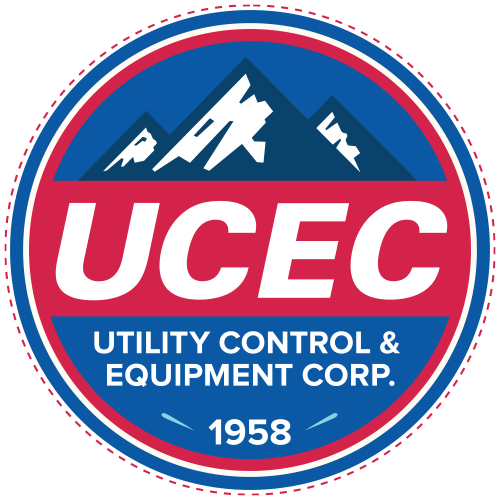Control Panels for the Food & Beverage Industry
By Garrod Massey
As a control panel shop, we create industry specific panels for a variety of major markets including food and beverage, water and wastewater, life sciences, industrial, oil and gas, packaging and more. These panels can look very different from one another and serve different functions within those markets, but their insides are far from different. Similar to humans and other mammals: vastly different exteriors, with basically the same interior parts and functionality. In this series, we’ll review how these common components of control panels differ by industry. First up, let’s explore the uses of control panels within the food and beverage industry.
Food and Beverage Control Panel Usage
Food and Beverage Conveyer with Cans
Control panels for the food and beverage industry tend to be one of two things: machinery control panels or conveying control panels. In this industry, machines are used to both create the vessels that will hold the food or beverage product and to fill that vessel with the product.
Machinery control panels operate the machines that help construct or fill those vessels whereas the conveying control panels operate the equipment that transports the vessel between machines to be built, labeled, filled, sealed and packaged for shipping.
Machinery Control Panels for the Food and Beverage Industry
Machinery control panels are generally pretty small as they are specific to and attached to a single machine. Machines in this industry are primarily making the vessel that houses the food or beverage, be that a can, jar, bottle, box, etc.
Machinery Control Panel for Food and Beverage Industry
Dependent on what form the final vessel takes, there are generally between 10 and 20 machines needed to take a can from a giant roll of aluminum to a finished container, ready to be filled with product. For the most part, each machine will only do one specific function. Machine control panels are typically around 48” x 36” in size and they require lots of layers of safety since they have many moving parts that can cause injury to its operator.
These panels generally consist of terminals, circuit protection, programmable logic controllers (PLC), communication equipment, safety relays, motor or servo controllers, pushbuttons, selector switches, and a human-machine interface (HMI). Usually, there will be several auxiliary panels mounted on and around the machines with emergency-stop (estop) buttons for added user safety.
Conveying Control Panels for the Food and Beverage Industry
Conveying control are generally pretty large as they are specific to moving the can from machine to machine. Conveyors in this industry come in all shapes and sizes. There can be several hundred to several thousands of feet of conveyor in a food and beverage facility. To maximize plant efficiency throughout, conveyors must be able to transfer a large amount of product very quickly from machine to machine. Since floor space is finite, conveying systems are able to move product horizontally, vertically, and even upside down. This versatility allows manufacturers to build up instead of out, if that’s what their plant space requires.
Each conveyor in a plant requires a control panel populated with terminals, circuit protection, PLCs, relays, motor controllers, pushbuttons, selectors switches and an HMI.These control panels are often four or five bay panels, meaning they have four to five doors and are typically 12-16’ wide. Some conveying control panels can be as large as eight bays.
A Four Bay Conveying Panel for the Food and Beverage Industry
A typical conveying panel also comes with 5-10 accessory panels set up 10 to 20 feet apart from one another. These accessory panels are all wired into the main control panel and are used to control the specific part of the line they are placed in front of. Often these are small push button stations or might be a touch screen on a moving swing arm.
E-stop buttons and motor disconnect panels are also placed along the line and wired into the main control panel to provide operators a quick and easy option to shutdown the machine if there is a safety or production concern.
Food and Beverage Vertical Conveyer
Conveyors in the food and beverage industry often have a variety of monitoring systems to help determine that everything is running appropriately between the machines. These monitoring systems are typically proxes, cameras or lasers that can identify when items are passing certain checkpoints, the frequency at which they’re passing and even perform quality checks. These systems help operators know if a facility is operating at capacity.
Similar technology is also often deployed as a light curtain that will automatically shut off all or a portion of a line if someone gets within a range or enters into an area deemed unsafe to be in while the conveyors are operating.
All of these monitoring systems also get programmed into the control panels we build so all the systems within the facility work together.
In the food and beverage industry, every plant is different because of the difference in the physical space these machines and conveyors are housed in. Though each food and beverage control panel has mostly the same components, the layout and demands of an individual plant can drastically change how we configure the components to work together to meet the customer’s needs.
Don’t miss the next post in our Panel by Industry series. Subscribe to our blog and contact UCEC today to start a quote on your food and beverage control panel.




